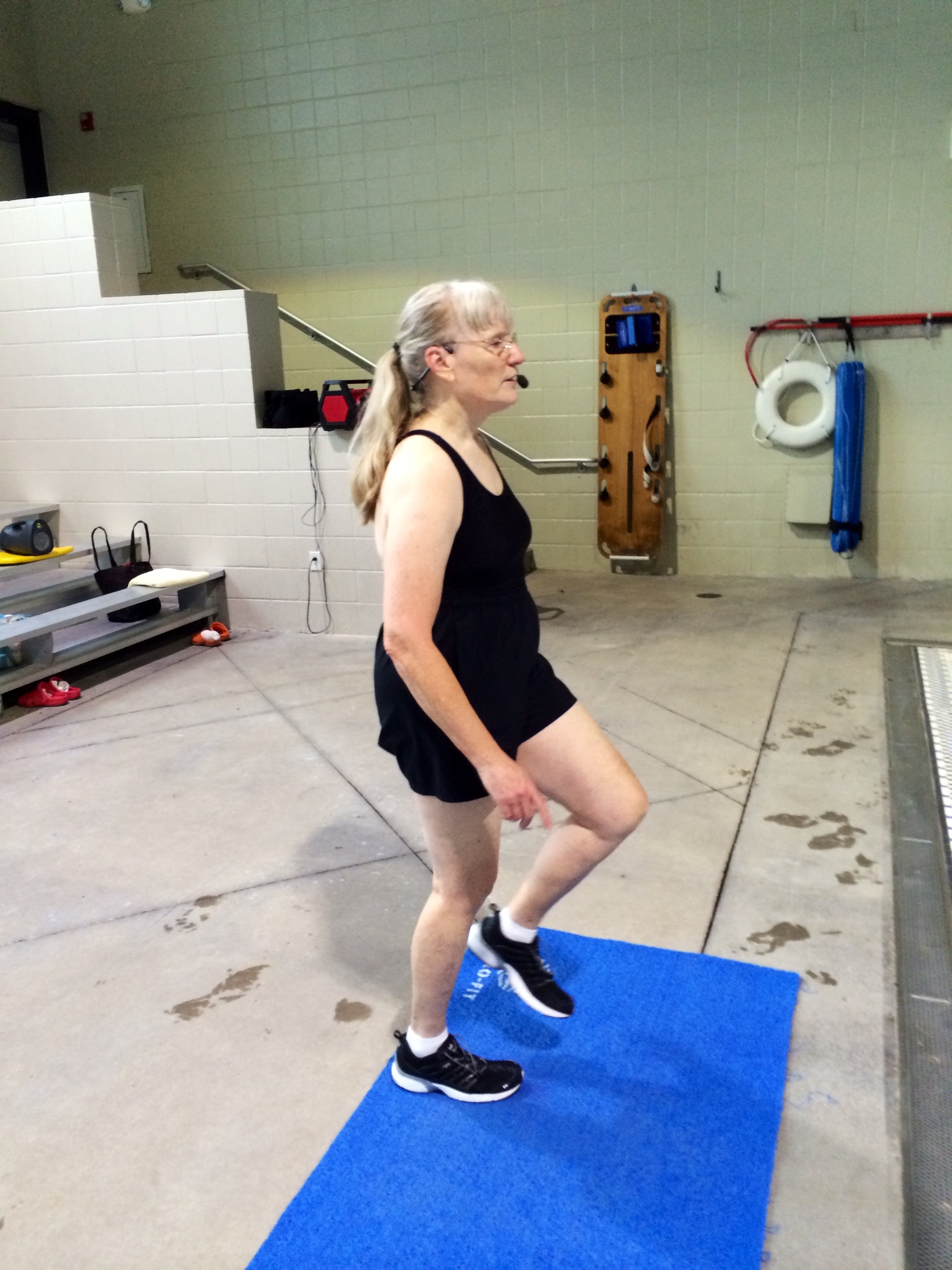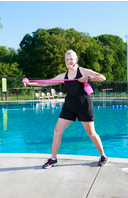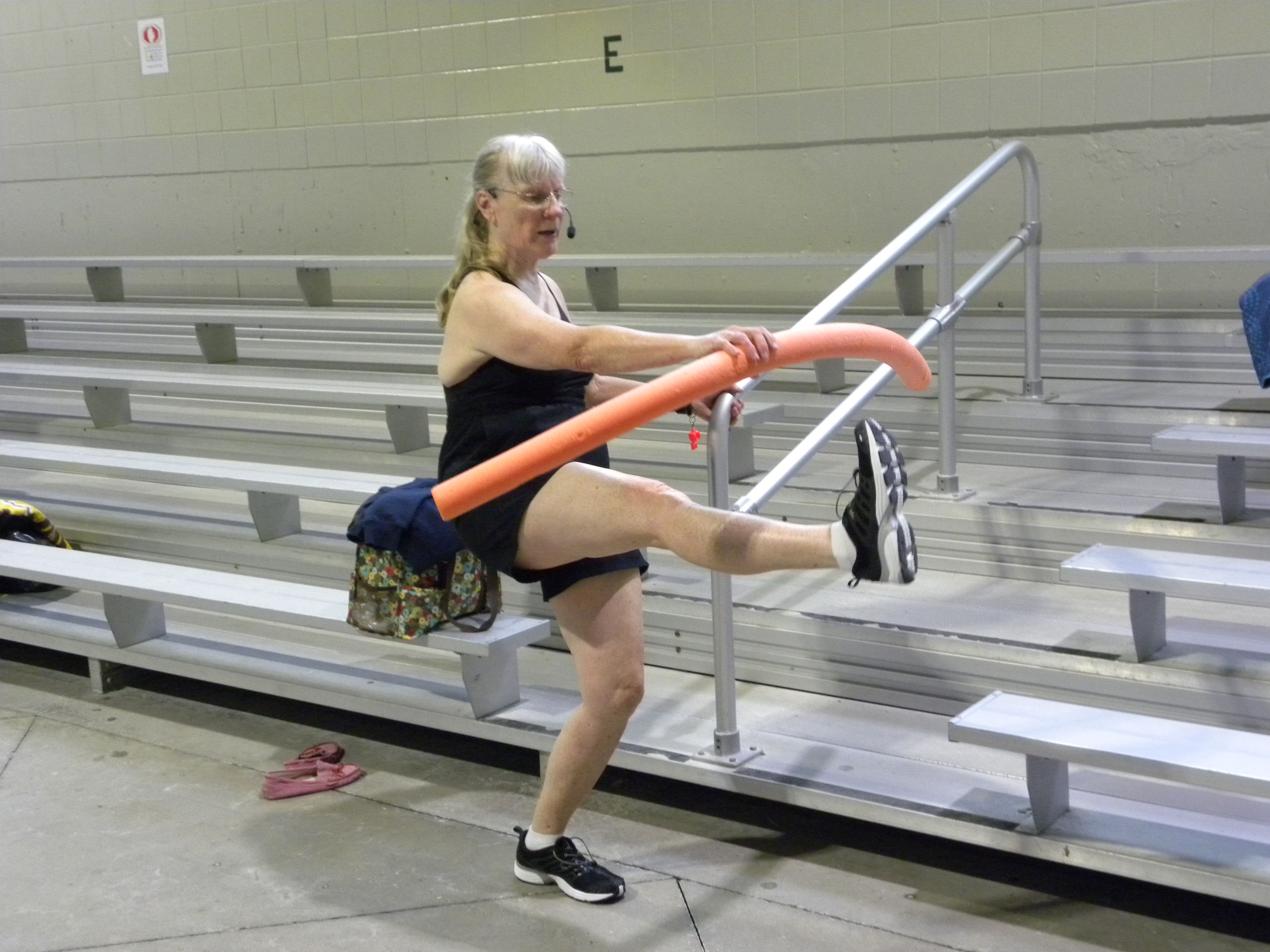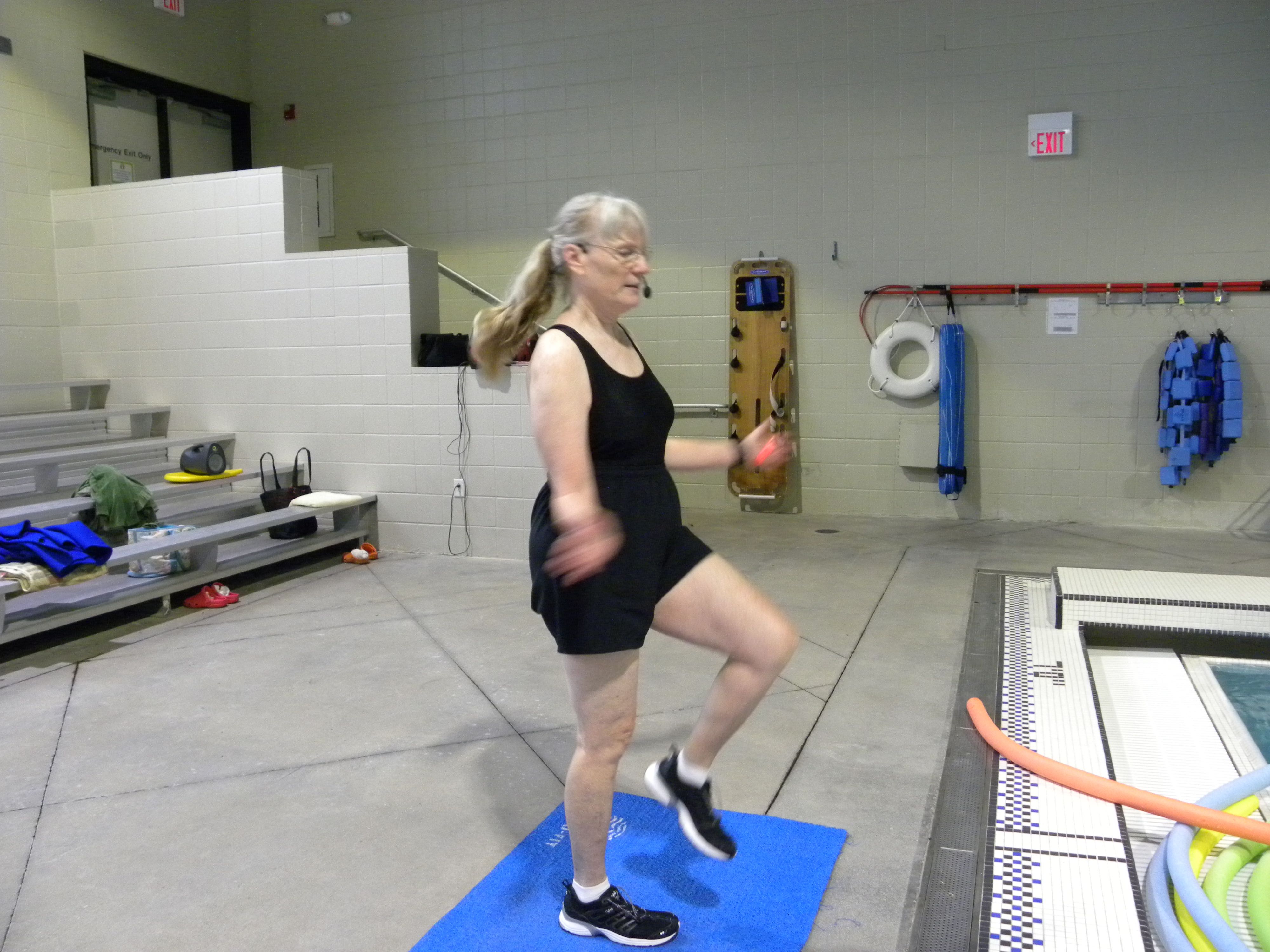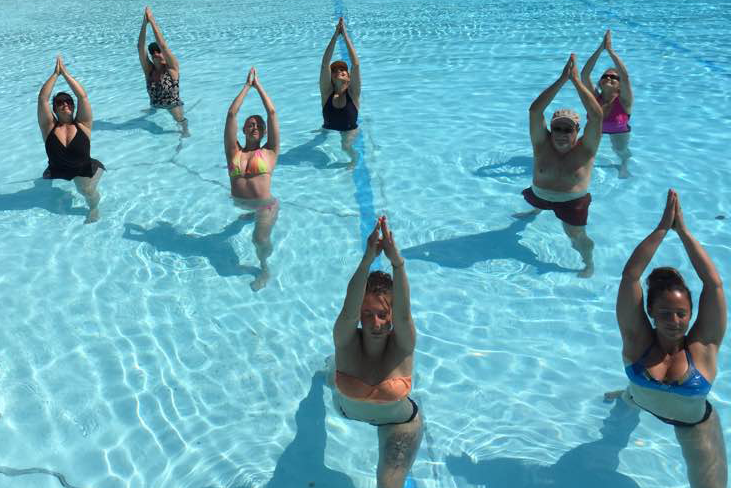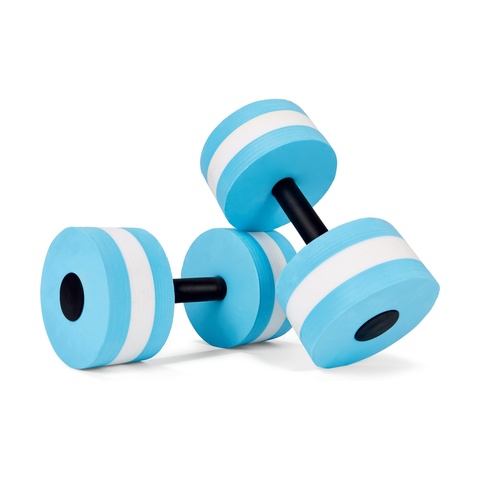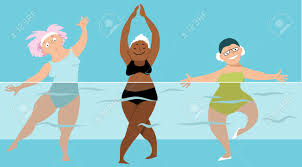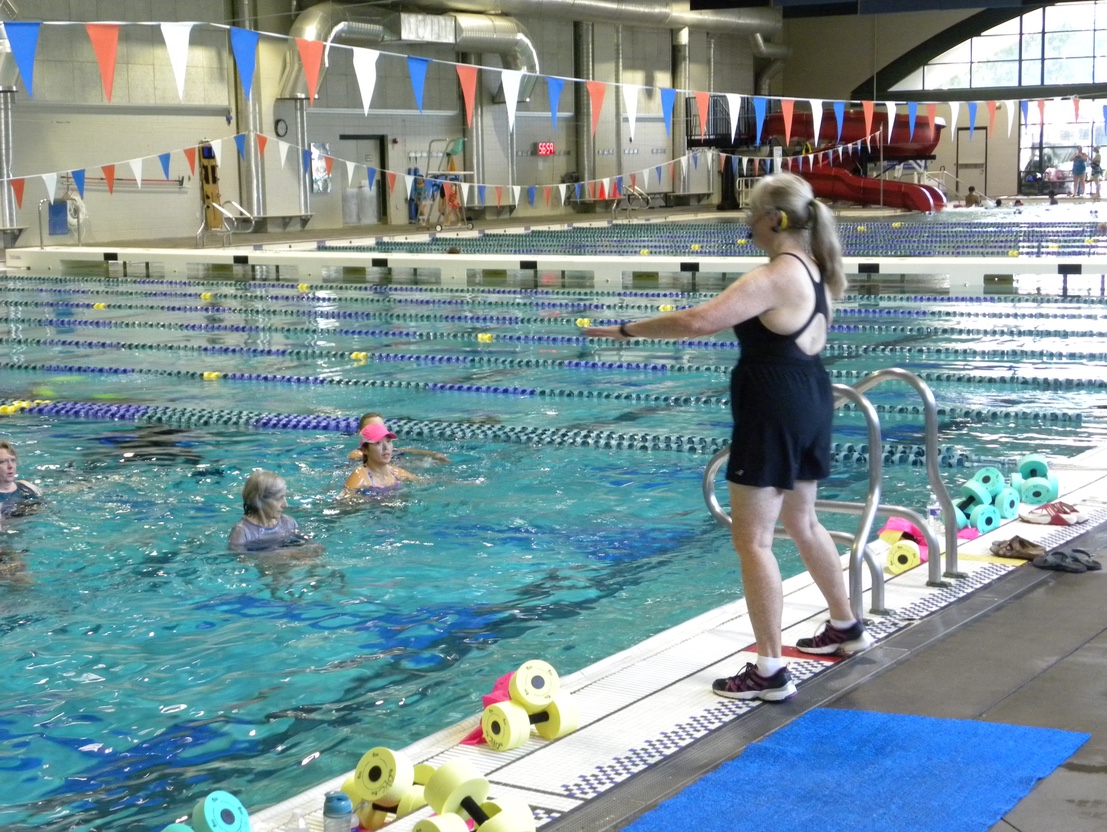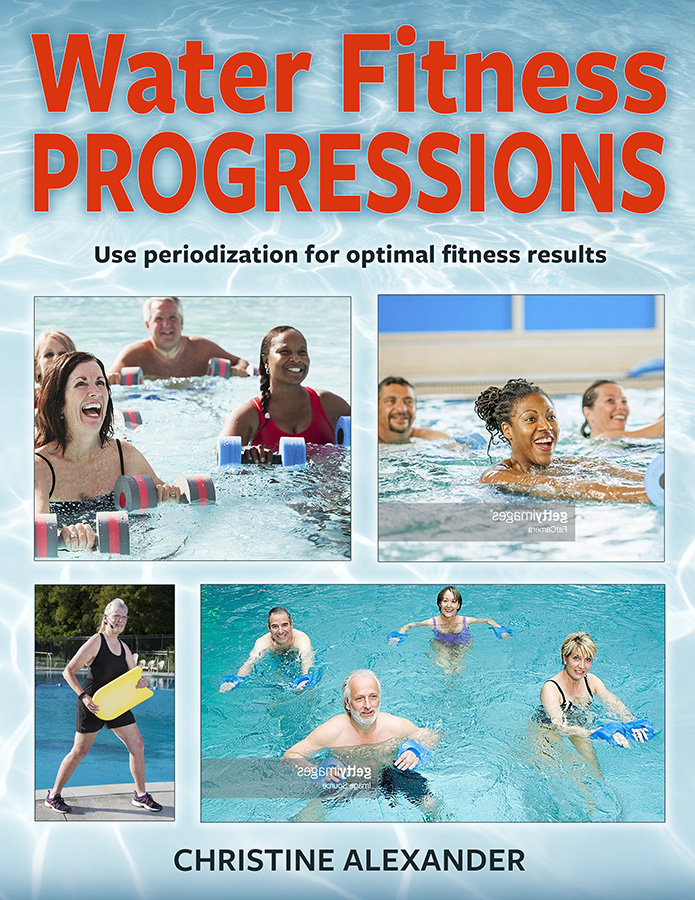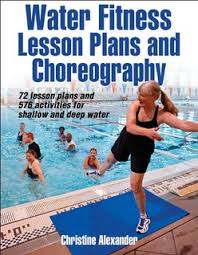
Your heart is a muscle. If you don’t use your muscles, they become weaker. This is true of your heart as well as your biceps! Inactivity is a failure to use your heart muscle. If you want to make your heart muscle stronger, you need to make it beat faster than normal.
One of the components of physical fitness is cardiorespiratory endurance. This is the ability of your heart to beat faster than normal in order to deliver oxygen to your working muscles for a sustained period of time. When you do aerobic exercise your muscles need oxygen to burn calories for energy. You breathe faster to take in the oxygen that you are using. There is a direct correlation between how fast you are breathing and how fast your heart is beating.
So how much time should you spend making year heart beat faster? The American College of Sports Medicine recommends that you get a minimum of 150 minutes of aerobic exercise a week to keep your heart strong. You can spread those 150 minutes out in various ways. You can take a 50-minute water fitness class three days a week. You can take a brisk 30-minute walk five days a week. You can even go for 10-minute bouts of exercise: climb the stairs at your office for 10-minutes instead of taking the elevator, ride a stationary bike for 10 minutes during your lunch break, and take the dog for a 10-minute walk after work. All that adds up to 30 minutes in a day.
How do you know if you are making your heart beat fast enough during your exercise? Since there is a direct correlation between how fast your are breathing and how fast your heart is beating, you pay attention to your breath. If you are able to carry on a conversation and even sing along with the playlist your fitness instructor is using, then your workout is light. Your heart is not really beating fast enough to get stronger. If you are able to talk but you are breathing too hard to be able to sing, then your body is telling you that you are working at a moderate level, that is, harder than your normal activity. This means your heart rate is into what is called the “target zone,” the level where fitness improvements occur. If you are breathing even harder so that you could talk if you had to but you’d really rather not, then you are working at a moderately hard level, and you are still in the target zone.
The target zone is different for everyone. A beginner may find herself breathing hard at a certain walking pace while an experienced exerciser will have to walk much faster to get her heart rate up to the same speed. Whether you are a beginner or an experienced exerciser, work hard enough so that you get the benefits of exercising your heart muscle. You may not get those benefits if you take a water fitness class and spend the time talking with your friends. Work hard enough that your breathing impacts your ability to carry on a conversation.
One hundred and fifty minutes of aerobic exercise a week may seem like a lot, but everyone wants a strong heart muscle! Cardiorespiratory endurance improves your longevity and quality of life, allowing you to participate in recreational activities, play with grandchildren and do all the walking you have planned for your vacation.
See you in the pool!
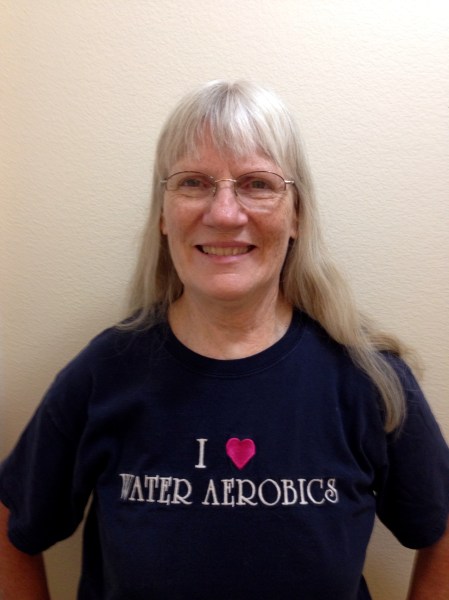
Chris Alexander

